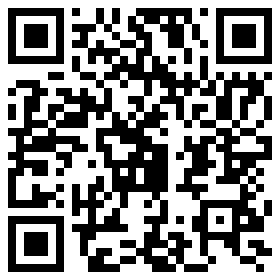How to "safely" export lithium batteries

Lithium batteries have advantages such as high energy density and high voltage, and are widely used in energy storage power systems such as hydropower, firepower, wind power, and solar power stations, as well as in multiple fields such as electric tools, electric bicycles, electric motorcycles, electric vehicles, military equipment, aerospace, etc. Lithium batteries are of great significance in promoting green energy transformation and achieving carbon peak and carbon neutrality. China is a major producer and exporter of lithium batteries, with a significant increase in export volume in recent years. However, lithium batteries are classified as dangerous goods and may cause accidents such as fire, smoke, and explosion during transportation. Their transportation safety must be taken seriously. How to achieve safer exports of lithium batteries while meeting international regulatory requirements? Let's learn about the relevant requirements for lithium battery exports together.
Classification of lithium batteries:
There are three main types of conventional lithium batteries, including lithium-metal batteries, lithium-ion batteries, and batteries containing both lithium-metal primary cells and lithium-ion cells. The classification system for the transportation of lithium batteries in the United Nations Model Regulations on the Transport of Dangerous Goods (TDG) is as follows:

Declaration requirements:
When exporting, it is necessary to meet the requirements of international hazardous regulations such as the United Nations Model Regulations on the Transport of Dangerous Goods (TDG), the International Maritime Organization's IMDG, RID, ADR, IATA-DGR, and the United Nations Manual of Tests and Standards for the Model Regulations on the Transport of Dangerous Goods.


At present, exporting lithium battery products does not require export commodity inspection, but lithium battery products belong to dangerous goods. According to Article 17 of the Import and Export Commodity Inspection Law of the People's Republic of China and Article 29 of the Implementation Regulations of the Import and Export Commodity Inspection Law of the People's Republic of China, production enterprises exporting lithium batteries should apply to the customs for the use appraisal of dangerous goods packaging containers. Dangerous goods using packaging containers that have not been appraised or have been appraised as unqualified are not allowed to be exported. The application materials include:
01 "Application Form for Packaging Inspection of Entry Exit Goods" (Original)
03 "Factory Inspection Qualification Record Form or Product Conformity Declaration of Production Enterprises" (Original)
The on-site customs handling process is as follows:

Kind remindeAfter passing the customs inspection, a "Identification Results Form for the Use of Packaging for Export Dangerous Goods Transportation" will be issued. After obtaining this form, the enterprise can apply for dangerous goods transportation space from the dangerous goods transportation department.
Kind reminder
Due to the wide variety of lithium batteries, enterprises should clarify the hazard category, UN number, and packaging category before exporting. Pack dangerous goods with the "Inspection Results Form for Packaging Performance of Entry Exit Goods" and apply for use appraisal from customs after passing the self inspection.
Packaging requirements for lithium batteries:

According to the Model Regulations on the Transport of Dangerous Goods (TDG), lithium batteries mainly have the following packaging and transportation requirements:


Due to the many policy regulations and packaging technical requirements involved in the export of lithium batteries, enterprises can consult relevant customs departments in advance to understand regulatory standards, declaration processes, and packaging requirements. Customs will guide enterprises in handling the export of dangerous goods, improve customs clearance efficiency, and assist in the export of more high-quality, Chinese made new energy products.






